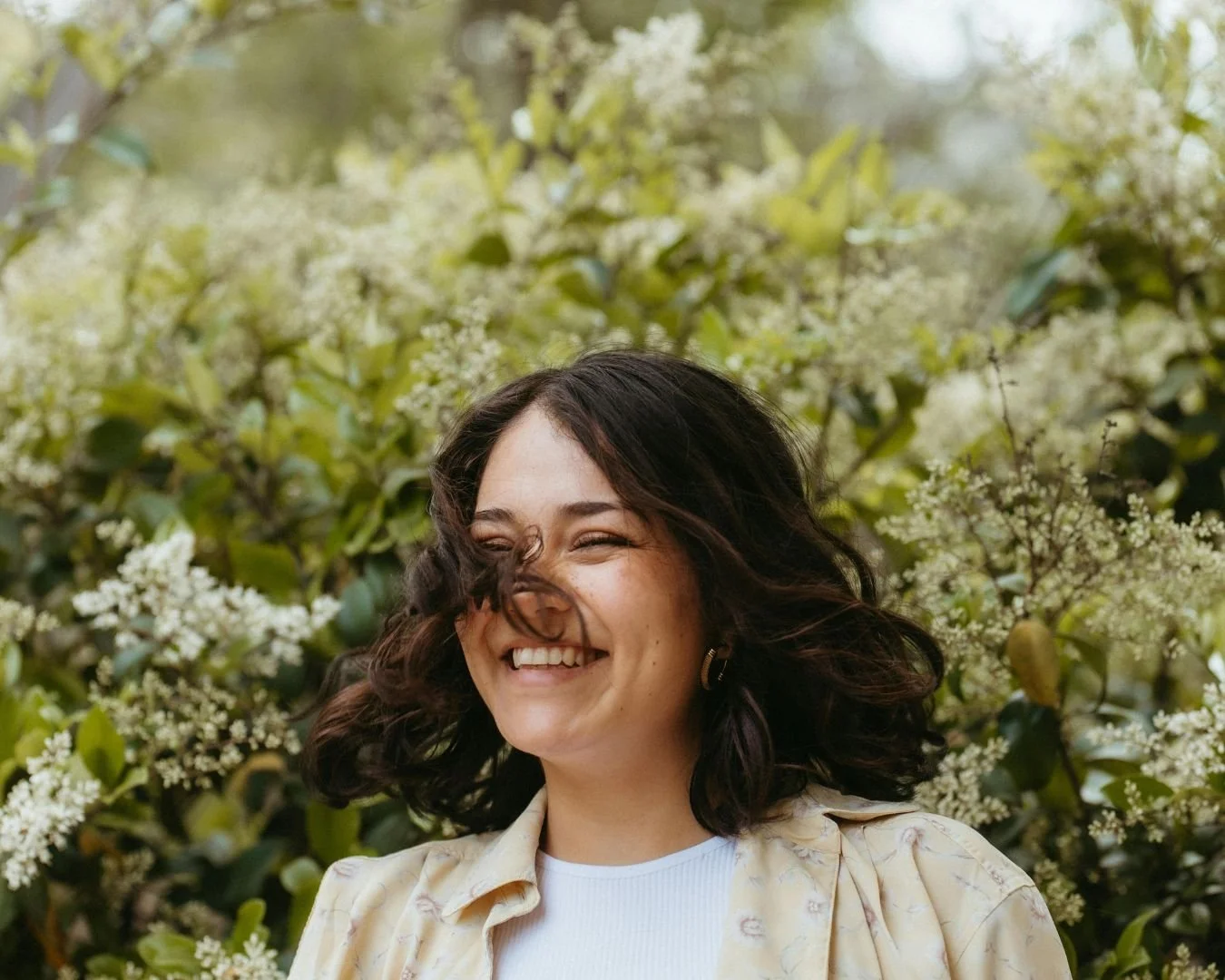Mindset traps & how to overcome them
One of the most common sentences I hear from adults when it comes to drawing and painting is, “I could never do that…” or “I don’t have the talent for it.”
Honestly, I’m not surprised. For a long time, I used to say the same thing myself.
And maybe you’re one of those people who believe they simply can’t paint.
If that sounds familiar, this article is for you!
I want to show you a few mental traps we often fall into - beliefs so widespread in our society that they quietly hold us back from giving our wish to paint a real place in our lives.
Let’s take a closer look at these traps so you can finally let go of them instead of carrying them around with you.
Trap #1: The Classic – “No Talent”
Do you remember how it felt as a child to just draw for the fun of it? No plan, no fear - simply because you felt like creating something? Or maybe you’ve watched your own kids paint with that same carefree joy.
When we’re little, we have no concept of “talent.” And honestly, we don’t need one.
But what does “talent” even mean?
When people talk about talent, it often sounds like something you either have or don’t have. But is that really true?
According to the dictionary, talent is a “gift or ability that enables someone to perform unusually or exceptionally well in a certain field, especially in the arts.”
Unusual or exceptional performance… doesn’t sound like something you’re just born with, does it?
How do you achieve that kind of performance?
By putting in the work. By spending time and effort on something long enough to become better than average.
Talent isn’t innate.
Sure, if your parents are painters, they may have taught you more about painting early on, which gives you a head start. But it’s still not something you were born with.
Most of us were never explicitly told we lack talent - we just assumed it somewhere along the way.
Why?
My guess: early evaluations, maybe from an art teacher or someone else’s opinion, shaped that belief.
I remember being average in art class - and concluded that I simply didn’t have “it.” As a result, I spent less and less time drawing.
But as I just said: Talent, as we picture it, doesn’t exist.
The more time and practice you invest, the better you’ll become. That’s it.
Trap #2: Another Classic – “What’s the Point?”
Maybe you’re asking yourself the same question: Why paint at all? What’s it good for?
To be honest, I didn’t consciously return to art, either.
I was actually looking for a course in technical drawing - and instead stumbled into something completely different: botanical drawing in graphite and botanical watercolor painting.
At first, I thought it was a compromise. “Better than no drawing class at all,” I told myself.
But during the course, I realized something important: drawing and painting can be learned - and even more importantly, they’re pure joy.
Painting is an experience.
You dive in, lose track of time, feel the paper beneath your fingers. You observe colors, lines, shadows.
Those small moments are meditation, relaxation, and adventure all at once. You don’t have to prove anything - not to others, and certainly not to yourself.
You don’t need a “why.” Joy is reason enough.
Trap #3: Comparisonitis
Social media is overflowing with artists who seem to create perfect works effortlessly.
Next to that, your own attempts may look clumsy or amateurish.
Many adults constantly compare themselves to others, measuring their progress against unrealistic standards.
But comparisonitis is creativity’s biggest brake!
So, how do you let go of it?
Stop looking at other people. It´s really that simple. Stop scrolling. Put down your phone.
Of course your lines are still wobbly - you’re learning something new, and that’s allowed to show. Paint for yourself, as you please.
The only person you should compare yourself to is you - yesterday, last week, last month.
Learning something new is a process. That person you see on social - is a pro, not a beginner.
Give yourself some grace and acknowledge that it simply takes time and effort to get better. And you´ll see your own progress very soon.
Trap #4: Discouragement Instead of Support
Especially in the beginning, it’s crucial to protect yourself from critical or discouraging comments.
You don’t have to tell everyone that you’re starting to paint.
It’s often hard enough just to overcome your own doubts.
Naturally, you want encouragement - but in truth, you don’t need anyone’s validation.
It’s your decision what to make room for in your life.
Too often, sharing your plans with the wrong person leads to an offhand remark that kills your dream before it even starts.
A laugh, a “Do you really think you can do that?” or a reminder of past failures… most of the time, it’s not even meant unkindly.
My advice: Do it for you.
Talk about it only when you’re sure you’ll stick with it, no matter what anyone says.
And if you do need a bit of cheering on, share your plans only with people who will genuinely support you.
Otherwise, take a class, buy a few materials, and set up a small corner just for yourself.
A space that’s yours alone.
Trap #5: Fear of the Blank Page
Ah, the big one - the fear of the white sheet of paper. It sounds funny, but it’s very real. If you’ve ever painted or drawn, you’ve probably felt it yourself.
Often, we disguise it as “lack of motivation” or “missing inspiration” - and the paper stays blank.
But here’s the truth: inspiration finds you at work. Motivation comes after you’ve started.
So how do you beat that?
There’s a wonderful example from artist and YouTuber Campbell Walker (aka Struthless).
His mentor once gave him this advice: “Draw the same thing every day.”
So he chose a subject - the white ibis (known in Australia as the “bin chicken”) - and started drawing it every day.
Over time, he realized it wasn’t about the ibis at all, but about showing up, starting, and sticking with it.
Eventually, he began to experiment: adding hats, designing logos, and even making a short film featuring the ibis.
What began as repetition turned into creativity - the longer he stayed with it, the more imaginative he became.
The lesson?
Don’t overthink your subject. Don’t wait for motivation or inspiration. Set yourself a goal: draw or paint it a certain number of times. Consistency is where growth happens.
Pick something - anything - and start.
If you want to watch Campbell´s full video, check it out below:
In Conclusion
If you recognized yourself in even one of these thoughts, take it as a sign: you’re allowed to begin.
You don’t need to be talented.
You don’t need a reason, a perfect plan, or anyone’s approval.
All you need is curiosity - a pencil, a piece of paper, and the courage to try again.
Every line you make is a step back toward your own creativity. Sometimes hesitant, sometimes bold, sometimes wonderfully crooked - and that’s exactly the point.
Growth doesn’t happen while you’re waiting. It happens while you’re doing.
So: grab your colors, pick a subject, and get started.
Not tomorrow but today. ✨
Pin this article on Pinterest!





